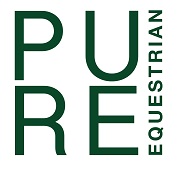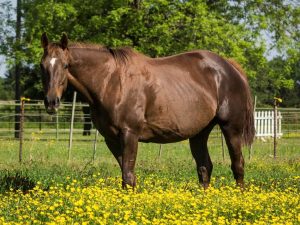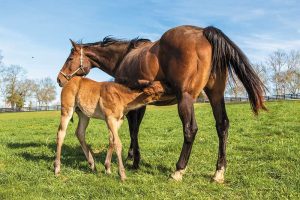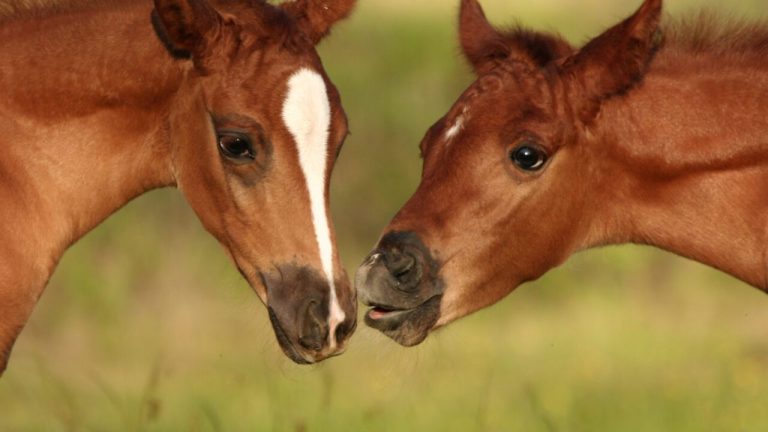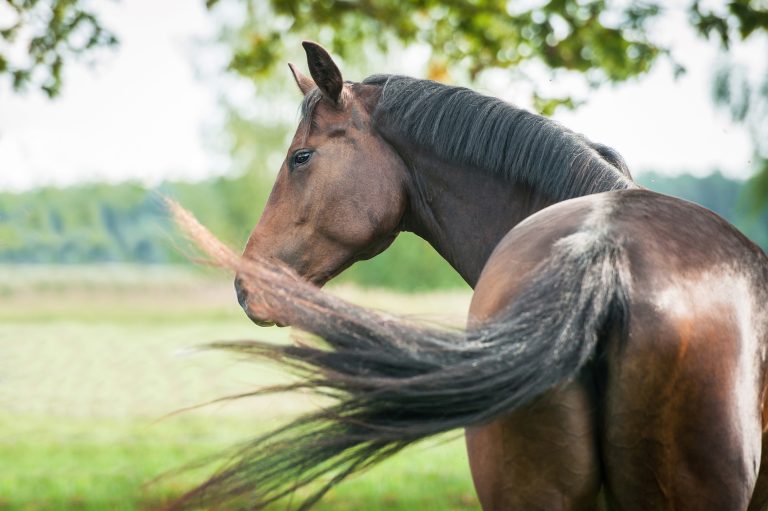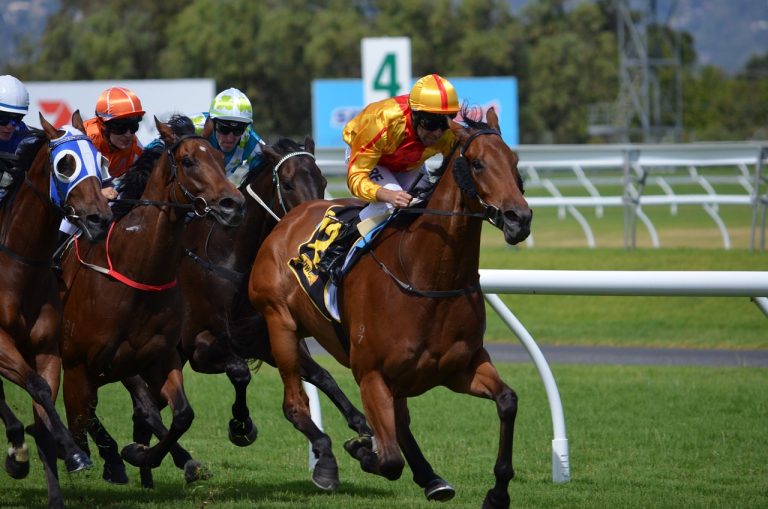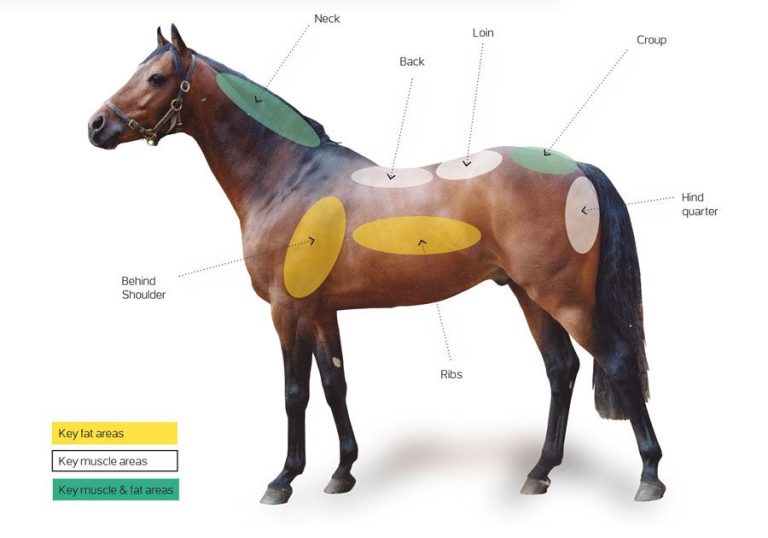Have you ever wondered how long it takes for a horse to have a baby? Well, the gestation period for a horse is quite fascinating! Throughout history, horses have been loyal companions to humans, aiding us in various tasks and capturing our hearts with their grace and strength. Now, let’s unravel the mystery behind their reproductive cycle and discover just how long these magnificent creatures carry their young. So, saddle up and get ready to explore the intriguing world of horse gestation!
Table of Contents
ToggleGestation Period for Horses
Definition of Gestation Period
The gestation period refers to the time between conception and birth in horses. It is the duration during which the developing foetus grows within the mare’s uterus. This period is crucial for the healthy development of the foal and is a significant milestone in the reproductive cycle of horses.
Importance of Gestation Period
Understanding the gestation period in horses is essential for horse owners, breeders, and veterinarians. It allows for proper planning and preparation for the arrival of the foal, including scheduling veterinary care, arranging appropriate nutrition and supplements, and ensuring a safe birthing environment. Knowledge of the gestation period helps monitor the mare’s health and wellbeing during pregnancy and allows for the timely identification of any complications or abnormalities.
Factors Affecting Gestation Period
While the average gestation period for horses is relatively consistent, there are several factors that can influence its duration. Breed, age, and individual mare characteristics can all contribute to variations in gestation length. Additionally, external factors such as nutrition, stress levels, and physical activity can impact the length of the gestation period.
Average Length of Gestation Period
General Range
The average gestation period for horses falls within a general range of 320 to 370 days. This range allows for individual variations among mares and ensures that the foal has sufficient time for proper development before birth. It is important to note, however, that while this range is considered normal, the exact length of the gestation period can vary from mare to mare.
Duration in Days
On average, the gestation period for horses lasts around 340 days, or approximately 11 months. However, it is crucial to remember that this is just an estimation, and mares can give birth anywhere between 320 and 370 days after conception. It is common for horse owners and breeders to closely monitor the mare as she nears her expected due date, as some mares may foal earlier than anticipated.
Comparison with Other Animals
The gestation period for horses is relatively long compared to other domesticated animals. For example, dogs have a gestation period of approximately 63 days, while cats have a gestation period of around 60–70 days. Cows, on the other hand, have a gestation period of about 280 days. The longer gestation period in horses allows for adequate development of their complex foals, which are born with the ability to stand and walk shortly after birth.
Signs and Stages of Horse Gestation
Early Signs
During the gestation period, there are several early signs that may indicate a mare’s pregnancy. These can include changes in behaviour, such as increased docility or irritability, as well as subtle physical changes. Some mares may exhibit a decreased appetite or increased urination frequency. However, it is important to note that these signs may vary between individual mares, and not all mares will display noticeable early signs of pregnancy.
Physical Changes
As the gestation period progresses, physical changes become more apparent in pregnant mares. The most noticeable change is the enlargement of the abdomen, which becomes rounder and more prominent as the foal grows. The mare’s udder may also start to develop and show signs of swelling and enlargement. Additionally, hormonal changes during pregnancy can lead to changes in the mare’s coat and skin, such as increased hair growth and a softening of the skin.
Stages of Development
Throughout the gestation period, the foal undergoes different stages of development within the mare’s uterus. Initially, the fertilised egg implants itself into the uterine wall, where it begins to develop into an embryo. Over time, the embryo grows and transforms into a foetus, acquiring distinct features and structures. During the final stages of the gestation period, the foal’s organs, muscles, and skeleton continue to mature, preparing for a healthy birth.
Influence of Breed on Gestation Period
Variations among Breeds
The gestation period can vary among different horse breeds. While the average gestation period falls within the general range mentioned earlier, certain breeds may have slightly shorter or longer gestation periods. It is essential for breeders and horse owners to be aware of these breed-specific variations and take them into account when managing the mare’s pregnancy.
Specific Representations
For example, Thoroughbreds typically have a slightly shorter gestation period, averaging around 320 to 330 days, whereas draft horse breeds may have a longer gestation period, ranging from 330 to 370 days. Each breed has its own unique genetic makeup, which can impact the length of the gestation period and the development of the foal.
Factors Contributing to Differences
The variations in gestation period among different horse breeds can be attributed to several factors. Differences in the mare’s genetics, hormonal levels, and reproductive physiology can all play a role in determining the length of the gestation period. Additionally, breed-specific traits and characteristics may influence the foal’s development, resulting in variations in the gestation period.
Effects of External Factors on Gestation Period
Nutrition and Diet
Proper nutrition plays a crucial role in maintaining a healthy gestation period for horses. A well-balanced diet that meets the mare’s nutritional requirements is essential for the growth and development of the foal. Inadequate nutrition or nutrient deficiencies can lead to complications and may result in a prolonged gestation period or other health issues for both the mare and the foal. It is important for horse owners to work closely with veterinarians or equine nutritionists to ensure the mare’s dietary needs are met during pregnancy.
Stress and Environment
Stress levels and the overall environment where the mare is housed can also impact the gestation period. High levels of stress and exposure to unfavourable conditions can lead to hormonal imbalances and potentially disrupt pregnancy. Providing a calm and stable environment for the pregnant mare can help minimise stress and contribute to a healthy gestation period.
Physical Activity
Maintaining appropriate levels of physical activity during pregnancy is crucial for the overall well-being of the mare and the foal. Regular exercise allows the mare to maintain muscle tone, cardiovascular fitness, and mental stimulation. However, excessive or strenuous physical activity can put unnecessary strain on the mare and potentially impact the gestation period. It is important to find a balance and provide the mare with appropriate exercise that promotes her overall health without placing undue stress on her body.
Common Gestation Period Abnormalities
Prolonged Gestation
While the average gestation period for horses falls within the general range, some mares may experience a prolonged gestation. Prolonged gestation refers to a pregnancy that extends beyond the expected due date. This abnormality can pose potential risks to both the mare and the foal, as it may increase the chances of complications during the birthing process. Close monitoring and veterinary intervention may be necessary to ensure a safe and successful delivery.
Premature Birth
Premature birth, on the other hand, refers to the birth of a foal before the full completion of the gestation period. Prematurity can occur due to various factors, such as maternal health issues, genetic predispositions, or external stressors. Premature foals often require intensive care and may face additional health challenges. Identifying risk factors and providing appropriate prenatal care can help reduce the likelihood of premature birth.
Multiple Foals
Horses have the ability to conceive and carry multiple foals during a single pregnancy. While the occurrence of twins is relatively rare in horses, it can lead to complications during the gestation period and birth. When multiple foals share the same uterine space, there is a higher risk of dystocia (difficult birth) and other complications. Early detection of multiple foals through veterinary monitoring and appropriate management is crucial to ensuring the well-being of both the mare and the foals.
Care and Management during Gestation
Veterinary Care
Regular veterinary check-ups are essential during the gestation period to monitor the mare’s health and ensure the foal’s proper development. These visits typically include physical examinations, ultrasound scans, and hormonal analyses to assess the mare’s reproductive health and check for any abnormalities. The veterinarian can provide guidance on appropriate vaccinations, deworming protocols, and prenatal care specific to the mare’s individual needs.
Nutrition and Supplements
An appropriate and balanced diet is crucial for the healthy development of the foal and the overall well-being of the mare during gestation. The mare’s diet should be rich in essential nutrients, including proteins, vitamins, and minerals. In some cases, supplemental feeding may be necessary to address any nutritional deficiencies. It is important to consult with a veterinarian or equine nutritionist to develop a feeding plan tailored to the specific needs of the pregnant mare.
Exercise and Activity
Regular exercise is important for maintaining the mare’s physical and mental well-being during pregnancy. Low-impact activities, such as walking or light riding, can help keep the mare fit and prevent excessive weight gain. However, it is important to avoid strenuous exercise or activities that may put excessive stress on the mare’s body. Monitoring the mare’s physical condition and discussing appropriate exercise routines with a veterinarian will help ensure a healthy gestation period.
Role of Ultrasound in Monitoring Gestation
Purpose and Benefits
Ultrasound technology plays a crucial role in monitoring the development and progress of the gestation period in horses. Ultrasound examinations allow veterinarians to visualise the foetus, assess its growth and well-being, and detect any potential abnormalities. This non-invasive procedure provides valuable information about the stage of pregnancy, the position of the foal, and the overall health of the mare and foal.
Timing and Frequency
Ultrasound examinations are typically performed at strategic intervals throughout the gestation period. The timing and frequency of these examinations may vary depending on the mare’s individual circumstances and any existing risk factors. Generally, ultrasounds are conducted early in the pregnancy to confirm pregnancy and assess foetal viability. Subsequent examinations are performed at regular intervals to monitor the development and well-being of the foal.
Determining Foetal Health
Ultrasound examinations can provide important insights into the health of the developing foal. The veterinarian can assess foetal movement, heart rate, and overall structure to ensure proper growth and development. Any potential abnormalities or complications can be detected early, allowing for timely interventions or adjustments to the mare’s care. Ultrasound monitoring provides peace of mind for horse owners and ensures the best possible outcome for both the mare and the foal.
Common Concerns and Complications
Dystocia (Difficult Birth)
Dystocia refers to a difficult or prolonged birthing process and is a common concern during the gestation period. Various factors can contribute to dystocia, such as the size of the foal, maternal health issues, or abnormal positioning of the foal within the birth canal. Prompt veterinary attention is crucial when dystocia occurs to minimise the risk of injury to both the mare and the foal.
Twisted Umbilical Cord
Another concern during the gestation period is a twisted umbilical cord. This condition, also known as torsion, occurs when the cord becomes entangled or twisted, potentially disrupting blood flow and nutrient supply to the foal. Prompt identification and intervention are essential to untwist or resolve the issue, ensuring the foal’s health and well-being.
Retained Placenta
After the foal is born, the mare should expel the placenta, or afterbirth, within a few hours. However, in some cases, the placenta may remain retained within the mare’s uterus. This condition can lead to various complications, including uterine infections or haemorrhaging. Close monitoring and veterinary assistance may be necessary to ensure the timely and complete expulsion of the placenta.
Aftercare and Foal Development
Postpartum Care for the Mare
Following the birth of the foal, the mare requires adequate postpartum care to ensure her recovery and well-being. This includes monitoring her overall health, assessing her reproductive organs for any post-birth complications, and ensuring proper healing. The mare should also receive appropriate vaccinations and deworming treatments to maintain her health and prevent any potential infections.
Bonding and Socialisation
Bonding between the mare and foal is crucial for their overall well-being. Allowing ample time for bonding and establishing a strong maternal bond is essential for the foal’s physical and emotional development. Encouraging socialisation with other horses and gradually introducing the foal to its surroundings helps foster a well-adjusted and socialised horse.
Weaning the Foal
Weaning, or separating the foal from the mare, typically occurs when the foal is around 4 to 6 months old. This gradual process helps the foal transition to a diet independent of the mare’s milk and establishes a sense of self-reliance. It is important to ensure the foal’s nutritional needs are met during this time and to monitor their well-being as they adjust to life without the mare.
In conclusion, the gestation period for horses is a crucial phase in the reproductive cycle, requiring proper care and management. Understanding the average length, signs, and stages of gestation, as well as factors that can affect it, allows horse owners and breeders to provide the best possible care for the mare and foal. Regular veterinary monitoring, appropriate nutrition, and a supportive environment contribute to a successful gestation period and the healthy development of the foal.
